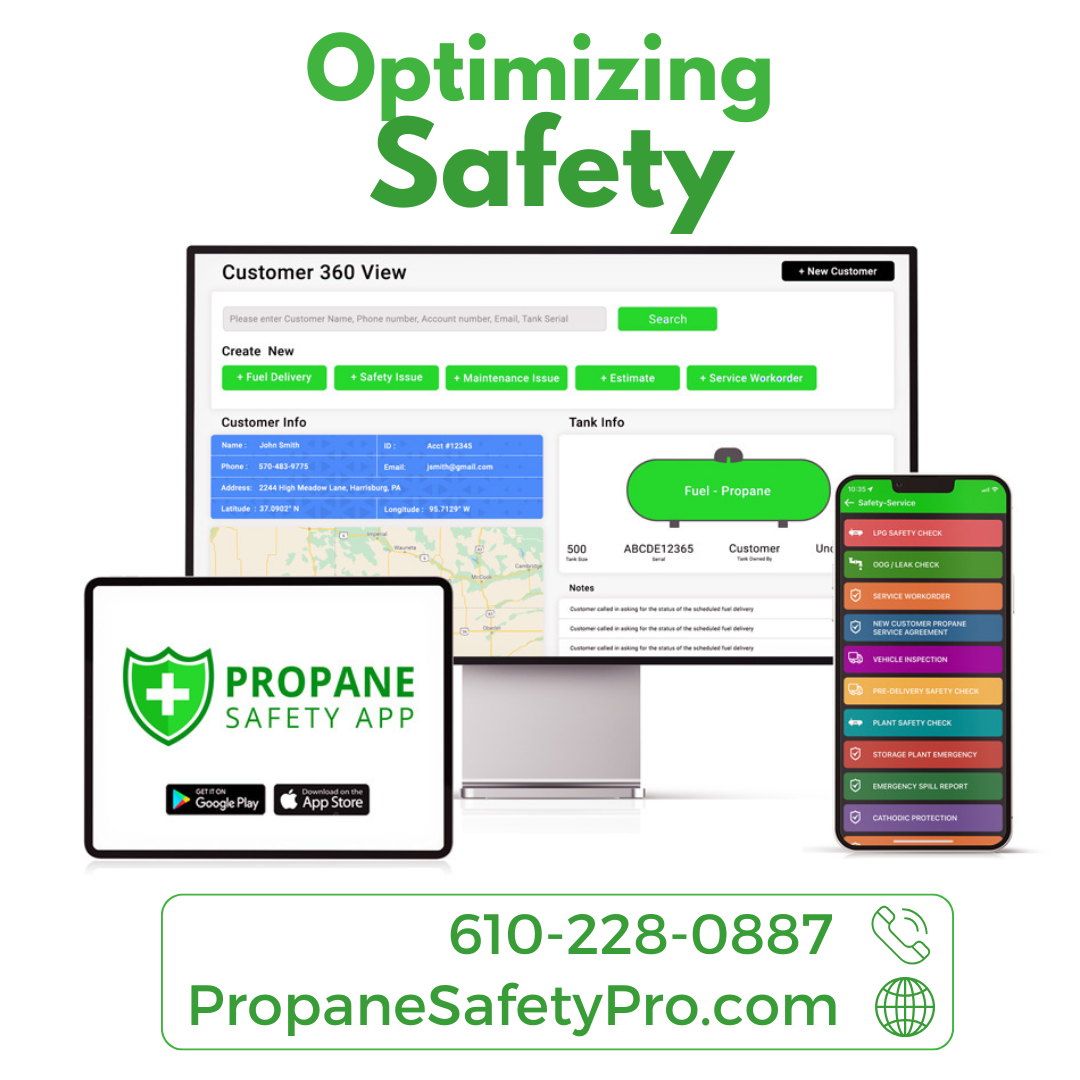Turn Dead Stock into Dynamic Success: Mastering Tank Rotation

Efficient propane tank rotation is key to minimizing dead stock and ensuring a smooth supply chain. Here, we present a straightforward guide on how to successfully manage your tanks. Mastering this propane business fundamental will go a long way in keeping your operations running smoothly and efficiently.
What is Dead Stock?
Dead stock in the propane industry refers to tanks or propane that remain unused for extended periods of time. This can lead to obsolescence, where tanks become outdated or require costly maintenance. There’s also a risk of safety issues if tanks aren’t regularly inspected. Moreover, having capital tied up in dead stock means less money is available for other business opportunities.
First In, First Out (FIFO) System
Adopting a FIFO system means ensuring that the oldest tanks in your inventory are used or refilled first. This system prevents tanks from sitting too long by tracking when they enter and leave your inventory, promoting a more dynamic stock rotation.
Regular Tank Inspections
Conducting regular inspections on your tanks is vital. These checks confirm that all tanks are safe for use, thereby reducing the risk of dangerous accidents. Maintenance during these inspections can extend the life of tanks, preventing them from turning into dead stock due to neglect.
Demand Forecasting
Understanding demand patterns, both seasonal and customer-specific, allows for better stock management. Adjust your inventory levels based on when you expect high demand, ensuring tanks are rotated more frequently during these times. Analyzing how customers use propane can help predict when refills will be needed, thus optimizing your rotation schedule.
Efficient Delivery Scheduling
Optimizing delivery routes to include tanks that need moving can reduce the time they spend in the yard. Implementing a just-in-time delivery approach means scheduling refills when customers are likely to need them rather than maintaining large, unnecessary stocks.
Inventory Management Tools
Leveraging software for inventory management can give you real-time insights into tank age, location, and condition. Setting up alerts for when tanks have been in stock too long or need inspection helps maintain an efficient rotation cycle.
Customer Engagement
Encouraging customers to return empty tanks quickly through exchange programs keeps the inventory cycle moving. Educating them on the benefits of regular tank use and the risks associated with prolonged storage can also drive better tank management from the consumer side.
Business Benefits
Efficient tank rotation can have a profound impact on propane businesses. It reduces waste by ensuring tanks don’t sit idle long enough to become obsolete or unsafe. This efficiency leads to cost savings, as less capital is tied up in unused tanks, freeing up resources for other investments.
Additionally, increased safety comes from using well-maintained tanks, reducing the risk of accidents. Better cash flow management is achieved when funds aren’t locked in dead stock, allowing for business expansion or service enhancements. Customers enjoy a more reliable service, fostering satisfaction and trust. Finally, operational efficiency is improved, as less time is spent managing stagnant inventory, allowing focus on growth and service quality.
By adopting these strategies for efficient propane tank rotation, businesses can not only minimize dead stock but also enhance their operational efficiency, safety, and customer service. This proactive approach to inventory management can lead to a leaner, more responsive, and profitable propane business operation.










